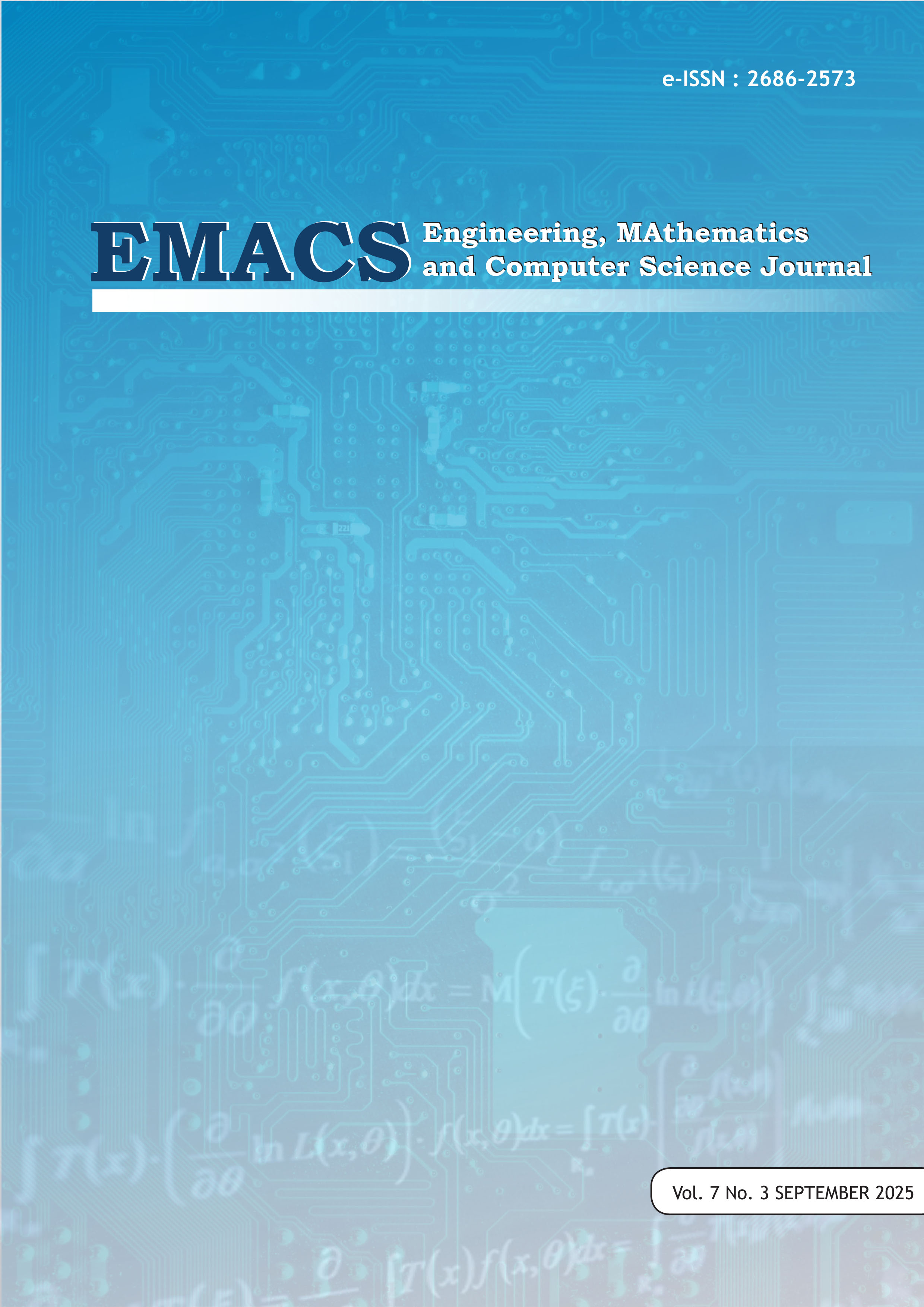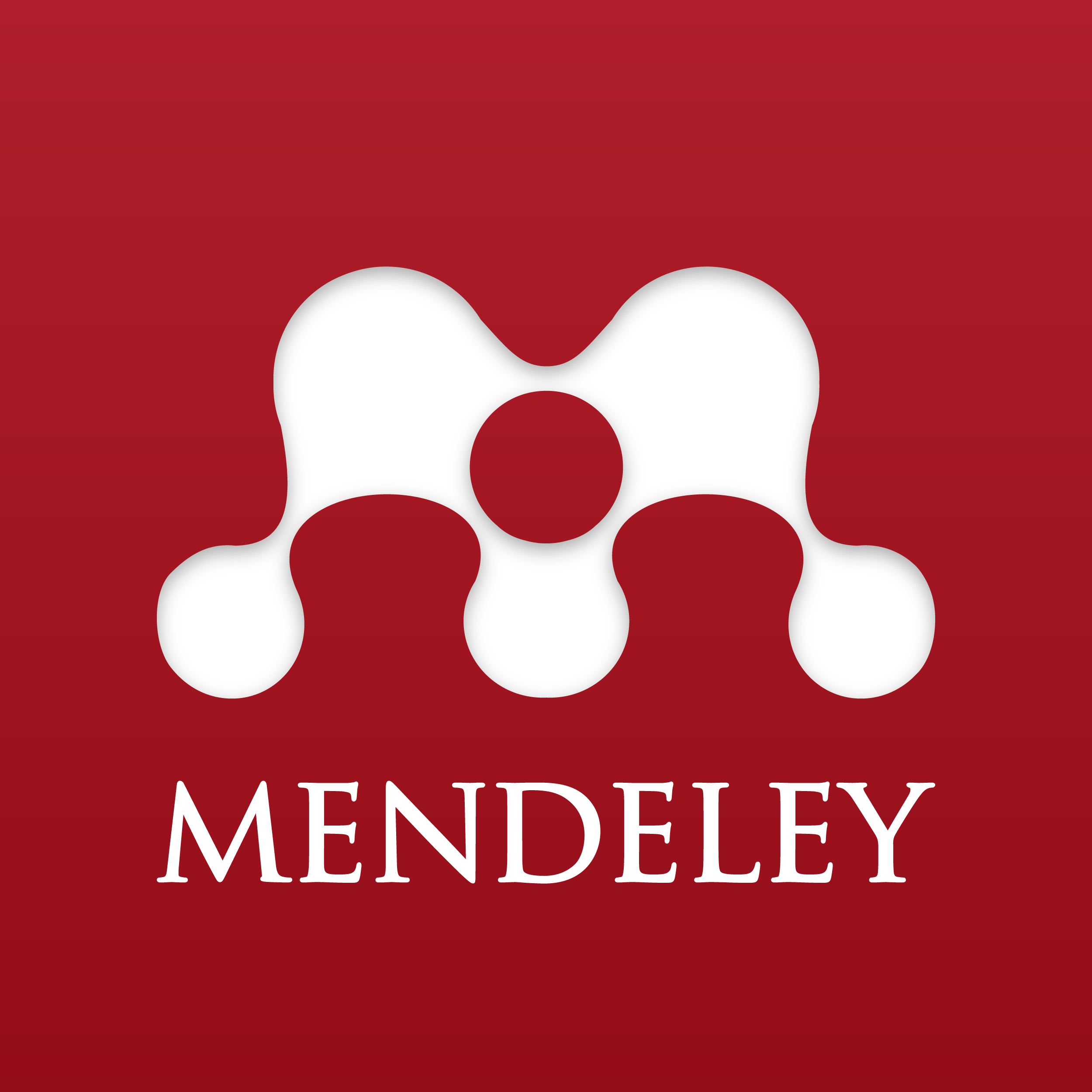Enhancing Tourism Demand Forecasting Accuracy Through Clustering Time Series: A Comparison MAPE Analysis of Indonesian Provincial Domestic Tourist Flows
DOI:
https://doi.org/10.21512/emacsjournal.v7i3.14112Keywords:
Tourism, Forecasting, Geometric Brownian Motion, ClusteringAbstract
The post-pandemic recovery period of the Indonesian tourism sector poses new challenges for accurate tourism demand forecasting across Indonesia's diverse provincial richness. This research aims to enhance the predictive accuracy of domestic tourism demand by comparing conventional single-provincial forecasting methods with clustering-based time series techniques. The Geometric Brownian Motion (GBM) model analyzed data regarding the monthly influx of domestic tourists to 34 provinces from January 2021 to May 2025. This study utilized average linkage agglomerative nesting (AGNES) clustering to discern structural similarities among provinces. Subsequently, silhouette analysis was employed to determine the optimal number of clusters. The findings demonstrate that the cluster-based forecasting approach markedly improved accuracy relative to the non-clustered model. The Mean Absolute Percentage Error (MAPE) for the traditional provincial forecasts was 16.48%. The first cluster-based model had an MAPE of 13.38% and the second cluster-based model had an MAPE of 6.54%. These findings indicate that grouping provinces with analogous temporal patterns enhances the model's ability to identify the underlying dynamics in domestic tourism flows. The work underscores the efficacy of combining stochastic models with hierarchical clustering to enhance evidence-based tourist planning and policy development. This study improves sustainable tourism management by providing an empirical foundation for enhanced forecasting precision, particularly in post-crisis recovery periods.
References
Bateni, M., Bhaskara, A., Lattanzi, S., & Mirrokni, V. (2021). Scalable hierarchical agglomerative clustering. In Proceedings of the 27th ACM SIGKDD Conference on Knowledge Discovery & Data Mining (pp. 65-75). ACM.
Chen, L., Mercurio, P. J., & Li, Y. (2024). Entropy corrected geometric Brownian motion. Scientific Reports, 14, 28234.
Gunter, U., & Önder, I. (2023). Improved tourism demand forecasting with CIR# model: A case study of disrupted data patterns in Italy. Tourism Review, ahead-of-print.
Li, H., Hu, M., & Li, G. (2022). Analysis of spatial patterns and driving factors of provincial tourism demand in China. Scientific Reports, 12(1), 2100.
Li, Y., Agbam, A., & Chen, J. (2020). Establishment of mathematical model of random motion distribution of Brownian motion based on dynamic management decision of tourists. Electronic Research Archive, 28(1), 217-232.
Maulana, D. A., Sofro, A. Y., Ariyanto, D., Romadhonia, R. W., Oktaviarina, A., & Purnama, M. D. (2025). Stock Price Prediction and Simulation Using Geometric Brownian Motion-Kalman Filter: A Comparison Between Kalman Filter Algorithms. BAREKENG: Jurnal Ilmu Matematika dan Terapan, 19(1), 97-106.
Mustafidah, M. E., & Purnama, M. D. (2024). Grouping of Regencies/Cities in East Java Based on Dengue Fever Case Indicators Using Complete Linkage and Average Linkage (Pengelompokan Kabupaten/Kota Di Jawa Timur Berdasarkan Indikator Kasus Dbd Menggunakan Complete Linkage dan Average Linkage). MATHunesa: Jurnal Ilmiah Matematika, 12(2), 337-343.
Núñez, E., et al. (2024). Machine learning applied to tourism: A systematic review. WIREs Data Mining and Knowledge Discovery, 14(4), e1549.
Purnama, M. D. (2025). Average Linkage-based Agglomerative Hierarchical Clustering of East Java's Economic Development Indicators in 2022 (Average Linkage-based Agglomerative Hierarchical Clustering terhadap Indikator Pembangunan Ekonomi Jawa Timur 2022). Jurnal Sains dan Seni ITS, 12(6), D477-D482.
Purnama, M. D., Yulianto, I. P. R., & Sampoerna, R., (2025). Geometric Brownian Motion on the Prediction of Foreign Exchange Rate: A Study on Indonesian Rupiah Rate. Jurnal Matematika, 15(1), 13-22. https://doi.org/10.24843/JMAT.2025.v15.i01.p182
Shen, W., Li, H., & Zhang, Y. (2023). Smarter sustainable tourism: Data-driven multi-perspective parameter discovery for autonomous design and operations. Sustainability, 15(5), 4166.
Sinha, S. (2021). The reliability of geometric Brownian motion forecasts of S&P500 index values. Journal of Forecasting, 40(8), 1444-1456.
Sinha, S. (2024). Daily and weekly geometric Brownian motion stock index forecasts. Journal of Risk and Financial Management, 17(10), 434.
Song, H., & Li, G. (2008). Tourism demand modelling and forecasting—A review of recent research. Tourism Management, 29(2), 203-220.
Wang, L., Chen, Y., & Kim, S. (2024). Ensemble agglomerative hierarchical clustering with novel similarity measurements. Journal of King Saud University - Computer and Information Sciences, 36(3), 445-458.
Wijaya, S. U., & Ngatini, N. N. (2020). Development of Rice Price Modelling in Western Indonesia Using a Time Series Clustering Approach (Pengembangan Pemodelan Harga Beras di Wilayah Indonesia Bagian Barat dengan Pendekatan Clustering Time Series). Limits: Journal of Mathematics and Its Applications, 17(1), 51-66.
Wu, Q., Law, R., & Xu, X. (2021). Tourism demand forecasting with time series imaging: A deep learning model. Annals of Tourism Research, 90, 103255.
Zhang, B., Huang, X., Li, N., & Law, R. (2021). Demand forecasting model using hotel clustering findings for hospitality industry. Information Processing & Management, 58(6), 102691.
Downloads
Published
How to Cite
Issue
Section
License
Copyright (c) 2025 Mohammad Dian Purnama

This work is licensed under a Creative Commons Attribution-ShareAlike 4.0 International License.
Authors who publish with this journal agree to the following terms:
- Authors retain copyright and grant the journal right of first publication with the work simultaneously licensed under a Creative Commons Attribution License - Share Alike that allows others to share the work with an acknowledgment of the work's authorship and initial publication in this journal.
- Authors are able to enter into separate, additional contractual arrangements for the non-exclusive distribution of the journal's published version of the work (e.g., post it to an institutional repository or publish it in a book), with an acknowledgment of its initial publication in this journal.
- Authors are permitted and encouraged to post their work online (e.g., in institutional repositories or on their website) prior to and during the submission process, as it can lead to productive exchanges, as well as earlier and greater citation of published work.
USER RIGHTS
All articles published Open Access will be immediately and permanently free for everyone to read and download. We are continuously working with our author communities to select the best choice of license options, currently being defined for this journal as follows: Creative Commons Attribution-Share Alike (CC BY-SA)





